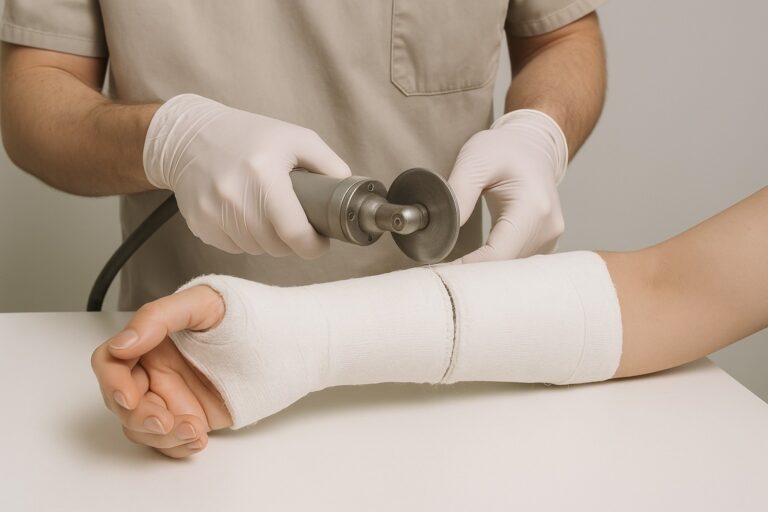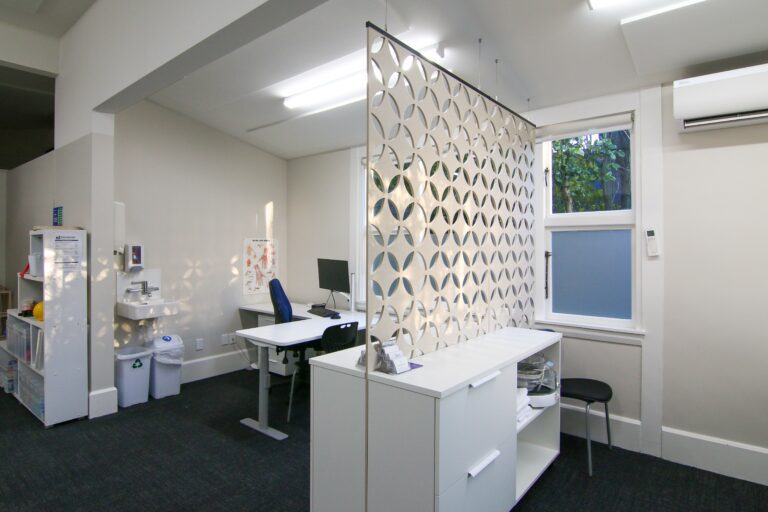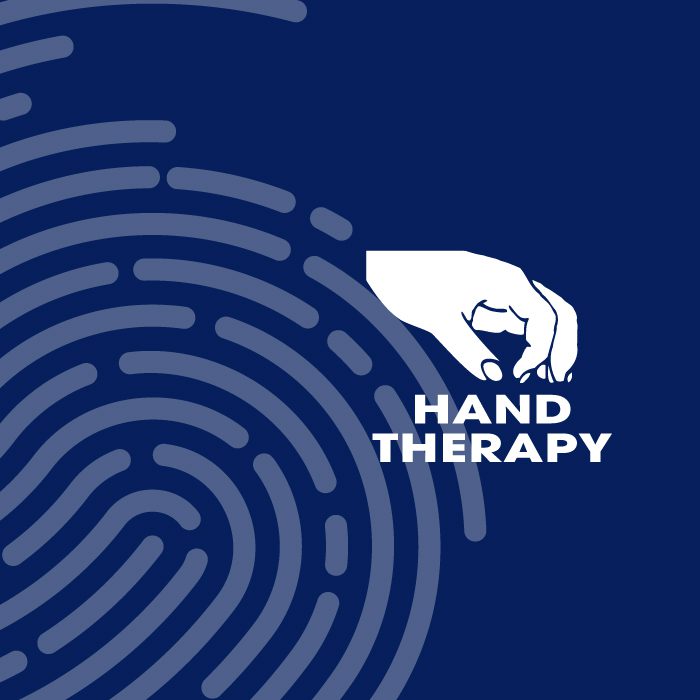Diagnosing the cause of wrist pain is a challenge for hand therapists, surgeons, and radiologists alike because of the small and complex anatomical structures involved within the wrist. There are 29 bones that together make up the hand and wrist. Advances in imaging modalities (e.g., X-rays, CT scanners and MR Imaging) have aided specialists in the diagnosis of a number of hand and wrist conditions including fractures. Current research has focussed on the sensitivity and specificity of the results obtained by these investigations.
Sensitivity measures the proportion of actual positives which are correctly identified (e.g., the percentage of people with wrist pain who are correctly identified as having a fracture).
Specificity measures the proportion of negatives which are correctly identified as such (e.g., the percentage of healthy people who are correctly identified as not having a fracture).
Below is a summary of some of the imaging techniques available today, and their accuracy in diagnosing fractures.
X-rays
In 1895, physicist Wilhelm Conrad Rontgen becomes the first person to observe X-rays, a significant scientific advancement that would ultimately benefit a variety of occupations, most of all medicine, by making the invisible visible. This is still by far the most common imaging technique used in the diagnosis of fractures and is the most cost effective.
Research has found the sensitivity of radiographs for visualization of scaphoid fractures is 70%, with a specificity of 98%. Radiographic sensitivity for other carpal fractures was less than 60%.
CT Scan
Robert Ledley was the inventor of CAT-Scans in 1975. A computed tomography scan or CAT-scan uses X-rays to create images of the body. However, a radiograph (X-ray) and a CAT-scan show different types of information. An X-ray is a two-dimensional picture, and a CAT-scan is three-dimensional. Three-dimensional “slices” of a body (like slices of bread) are taken. These slices of the body are usually in the range of 1-10 millimetres in thickness.
The sensitivity of CAT scan for visualisation of scaphoid fractures is 95%, whereas the sensitivity for visualising other fractures is between 75% (for capitate fractures) and 100% (for hook of hamate fractures).
MRI
MRI is based on a physics phenomenon discovered in the 1930s, called nuclear magnetic resonance or NMR. Magnetic resonance imaging or scanning (also called an MRI) uses magnetism and radio waves to produce clear pictures of the human anatomy. MRI can create more detailed images of the human body than possible with X-rays.
The medical use of magnetic resonance imaging has developed rapidly. The first MRI scanners were available at the beginning of the 1980s. Today MR Imaging provides the gold standard by which all other imaging is measured.
Currently, in NZ, general practitioners and hand therapists are unable to refer patients directly for MRI scans. However, during the course of assessment or treatment if they feel that further imaging is warranted, hand therapists are able to refer patients to hand surgeons or other specialists who are able to order these investigations.
In summary, not all hand and wrist injuries will result in a broken bone. Hand therapists use the information provided by the patient (e.g., how the injury happened, the location and type of pain, which daily activities are most difficult), and conduct tests as part of a thorough assessment to diagnose if a fracture has occurred. The results of a thorough examination help the hand therapist determine whether imaging would be beneficial in confirming a diagnosis. When appropriate, hand therapists will refer to other specialists as part of a comprehensive management plan.


